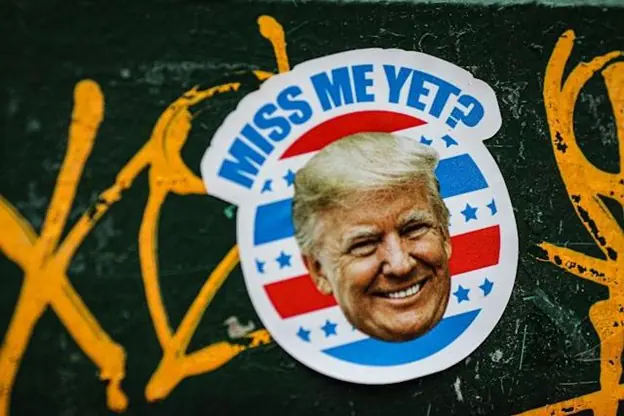Trump’s 401(k) Gamble
When President Donald Trump signed the new executive order allowing alternative investments like cryptocurrency and private equity into 401(k) retirement plans, it was pitched as a bold step toward “unlocking higher returns” for everyday Americans.
Sounds exciting, right?
Imagine your retirement account holding a slice of SpaceX or the next Bitcoin rally…
But before you start daydreaming about turning your nest egg into a moonshot portfolio, let’s hit pause, because this move could just as easily turn your golden years into a financial stress test.
The idea isn’t without merit. Alternative assets, private companies, real estate funds, even crypto, have historically outperformed the stock market in some years. Supporters argue that giving retirement savers access to them levels the playing field with wealthy investors who’ve had these opportunities for decades.
But here’s the catch: 401(k) plans were never designed to handle the kind of fees, risks, and liquidity issues these assets bring. Mutual funds, the current bread and butter of retirement plan, typically charge around 0.26% in annual fees.
Private equity? You’re looking at the infamous “2 and 20” model: 2% of assets annually, plus 20% of profits. That’s a fee structure that can eat into returns faster than a bear market.
And crypto? Let’s be real, we’ve all seen how volatile it can be. It’s one thing to hold Bitcoin in a personal account you’re willing to risk; it’s another to stake your retirement security on it.
One of the most worrying parts of this order is the potential erosion of retirement savings through high fees. The power of compound interest works both ways, just as gains compound over decades, so do fees.
An extra 1–2% in costs might not sound like much, but over 30 years, it can mean retiring with hundreds of thousands less in your account.
Even worse, as Morningstar analyst Jason Kephart pointed out, some of these fees aren’t even clearly disclosed. They’re buried in the footnotes of complex investment agreements. If you can’t understand what you’re paying, you’re flying blind, and that’s no way to plan for retirement.
The other big problem is liquidity. Traditional 401(k) investments are easy to buy and sell. Private equity and certain alternative assets? Not so much. You could be locked into them for years, with no way to exit without taking a loss.
And let’s talk transparency, or rather, the lack of it. Public companies are required to disclose financial statements, risks, and other key data.
Private companies don’t have to, which means you’re investing in something you can’t fully analyze. That might be fine for a billionaire hedge fund, but it’s a dangerous game for someone relying on that money to pay for groceries at age 75.
We’re entering an era where the average American already feels behind on retirement savings.
According to Vanguard, the median 401(k) balance for those aged 55–64 is just $89,716, barely enough to cover a few years of expenses in retirement. Adding high-risk, high-fee investments into the mix could turn an already fragile situation into a disaster.
It is one thing to diversify; it’s another to gamble. And make no mistake, this move tilts the retirement system closer to gambling than responsible, long-term investing.
If alternative investments are going to be allowed in 401(k) plans, they need ironclad rules: clear, upfront fee disclosure; caps on management costs; strict liquidity provisions; and investor education requirements.
Otherwise, the promise of “higher returns” will just be the marketing gloss on a policy that benefits fund managers far more than retirees.
Trump’s 401(k) order is being sold as a revolution for retirement savers.
But without serious safeguards, it’s a revolution that could leave too many Americans broke in their golden years, and that’s a risk no one should be forced to take.



